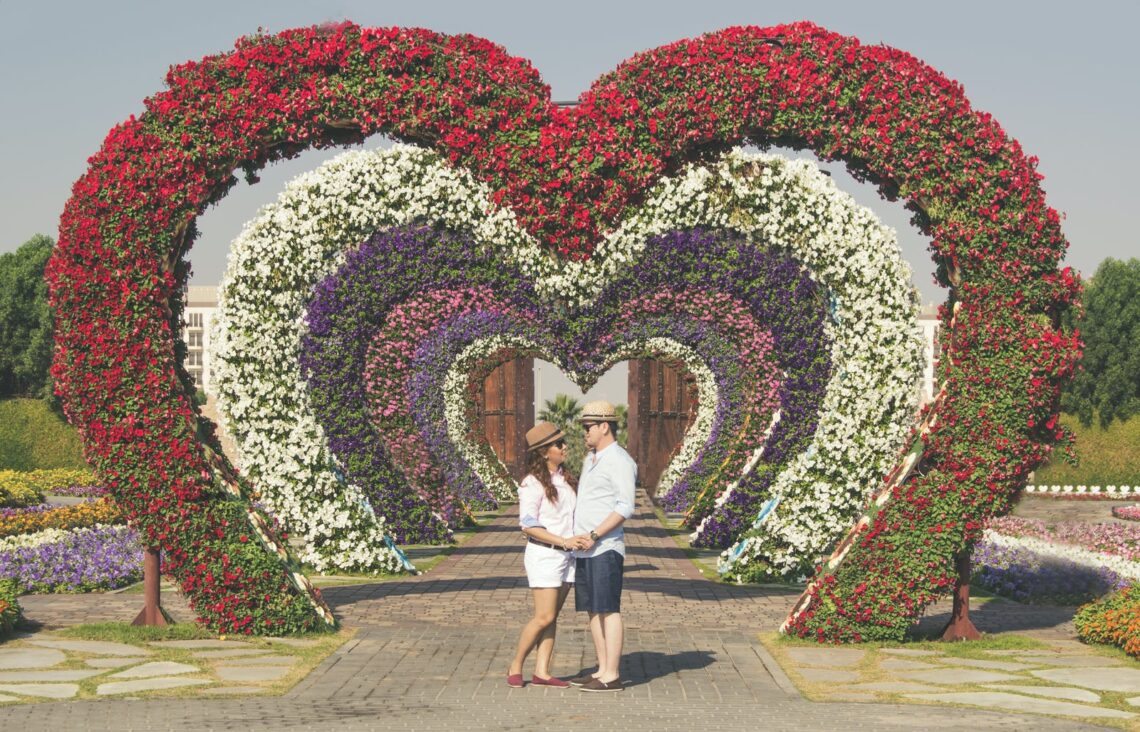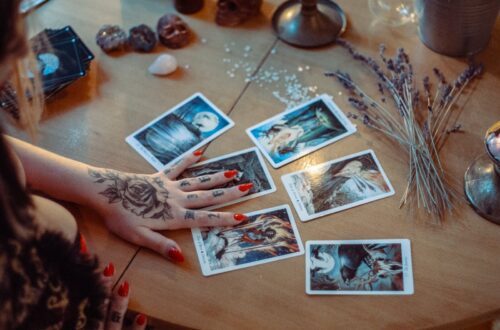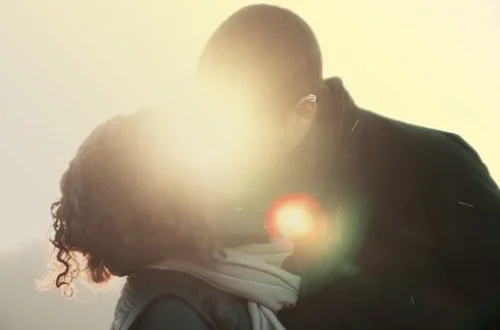
Runic magic
The term runic magic can work on the imagination. It is possible that images of ancient pagan priests performing their secret rituals will appear before our eyes – completely out of nowhere. Or at least this could happen if we associate runic magic with general ideas about the Celtic priests of the pre-Christian era, the druids. Meanwhile, even if our thoughts run along just such a path, it does not at all mean that it is consistent with what rune researchers have proven. Although, of course, we are entitled to have our own opinion on the subject.
So what were runes, the basis of runic magic? Runes are a type of alphabet, used in the first millennium AD mainly by ancient Germanic and Scandinavian tribes, as well as those from which modern native Britons, Irish or Scots are descended. Over time, the runes were supplanted by the Latin alphabet, which is generally known and still used today, and went out of use, gradually falling into oblivion. However, there are indications that runic writing was also known in some areas of Poland.
Runic writing had a couple of “branches,” that is, it existed in several varieties. This was probably because for quite a long period of time it was used over a rather vast area of Europe. Runes were engraved on wood or animal bones, but another popular material for recording events was stone. Especially a lot of such stone memorials are located in Sweden. Well, someone will ask, there were letters… If someone is interested in the history of the alphabet and the development of writing as such, he will search for details, read. And what does this have to do with magic?
It turns out that it has, and quite a lot. Runic script, also called futhark from the first letters, existed in Old Germanic, Anglo-Saxon and Scandinavian varieties. The latter is the so-called Nordic version or the so-called younger futhark. The Old Germanic variety had 24 characters, the Old English 31 characters, and the youngest-Nordic 16 characters. It must be admitted that a person might be strongly surprised, since runes could be associated with some form of pictorial communication, but not necessarily with the alphabet. The signs, acting as letters, are definitely different from those known today, a bit more angular. Their pronunciation is as peculiar as their graphic form.
And here the crux of the subject – the magical references of the runic script – already begins to reveal itself. Each letter was assigned a specific image, not necessarily related to its sound. In addition, each letter-rune was told a specific auguric meaning. In addition, and the sound of a particular rune. Both of these aspects would have an effect on a person (vibration of sounds more on the energetic level). As for the divinatory aspects of the runes, here is how each letter of the runic alphabet sounded and some of the possible interpretations:
– Fehu – symbol of energy, creativity, abundance, patronal symbol, sign of possible enrichment on the spiritual level
– Uruz – a matriarchal symbol, signifies a return to the self, both in the sense of fuller self-awareness and the resolution of existential problems after calm introspection
– Urisaz – symbolizes a positive turn of events, the benevolent energies of the universe conducive to the achievement of the desired goal and success in generalAnsuz – indicates inner wisdom and prudence, the power of inspiration and self-confidence, the ability to leave behind whatever is limiting in any way
– Raido – indicates action, dynamism, as well as the absolute necessity to follow the voice of conscience/internal intuition
– Kaunan – symbol of fire, both external, physical and internal, i.e. strong passion, an indication to use unconventional methods of prevention
– Gebo – indicates positive feelings in the sense of love, tenderness, empathy
– Wunjo – can indicate enjoyment of one’s achievements
– Hagla(z) – positive influence of fate, revelation of a mystical nature, achievement of inner harmony
– Naudiz – can emphasize such desirable qualities as consistency, regularity, ability to impose discipline on oneself
– Isaz – is a sign of calmness, constancy, maturity
– Jeran – indicates slow but steady growth, development
– Ihwaz – the possibility of transformation, return to the spiritual beginning
– Pertho – rune indicating the wisdom of life, the logical consequence of events (as in a sequence of cause and effect)
– Algiz – is a symbol of natural protection, a sense of security
– Sowilo – the rune indicates a surge of inspiration, prosperity, a positive turn of events
– Tiwaz – masculine element – determination, courage honesty, determination
– Berkanan/Berkano – is a symbol of femininity, fertility, a new start
– Ehwaz – is the possibility for big changes to occur, ability to cooperate, adaptability
– Mannaz – is an indication of values such as friendship, willingness to cooperate, intelligence,
– Laguz – intuitive getting in touch with oneself, hope
– Iwaz – the rune indicates such positive issues as rest, regeneration and unexpectedly provided help
– Dagaz – is a possible possibility of transformation, getting enlightenment of some kind, happiness
– Othalan – a welcome rune, indicating hidden talents



